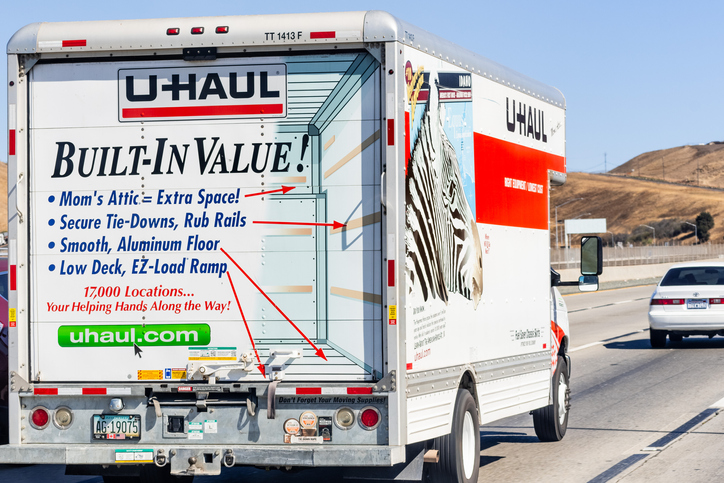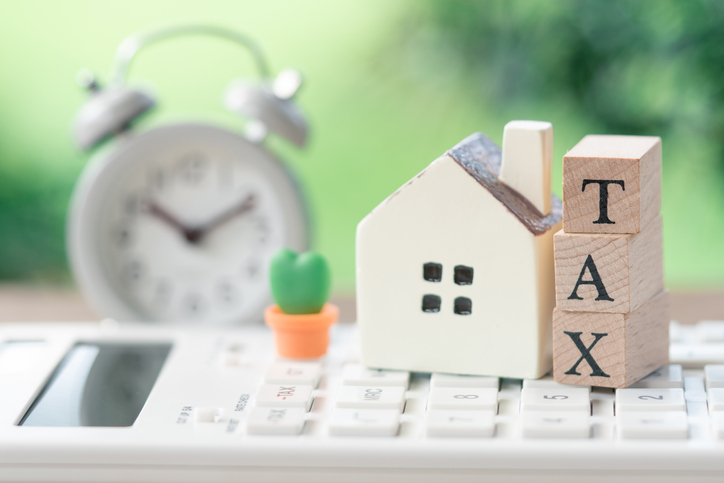Related Articles
Yesterday President Obama announced a plan to help small businesses gain access to government-backed loans. According to the Wall Street Journal article, the maximum size of 7(a) loans would rise from $2 million to $5 million. The idea is that small businesses would invest these loans in machinery, equipment, land and buildings. The SBA's 7(a) loan program provides partial guarantees on loans for small businesses borrowing to invest in working capital, machinery and equipment and real estate.
Also increased would be the SBA microloans from $35,000 to $50,000. Microloans are a relatively new financing tool that was made popular with investors in third-world nations.
The Administration also wants to open up the Troubled Asset Relief Program (TARP) to help increase outreach to the small busine! ss community. Of course, no government money comes without strings attached. The local banks that issue the loans would have to submit to the TARP regulations which includes giving the government the right to purchase common stock at a set price. Also, the financial institutions taking TARP money would be subject to the executive pay limits -- although it's probably fair to say that most local and small banks do not pay their executives more than $500,000 a year.
While access to credit is important to the small business community, I hope the Obama Administration doesn't now sit back and think they have done everything possible to help the small business community.
Susan Eckerly, Senior Vice President of the National Federation of Independent Business put it succinctly,
Followingin the weak economy, small business owners are worried about the threatof increased taxes, new healthcare mandates, higher energy costs andmore regulations from Washington. Small businesses don’t need moreprograms from Washington; they need lower taxes and fewer intrusionsfrom government so they can take the calculated risks to expand theirbusiness.”




